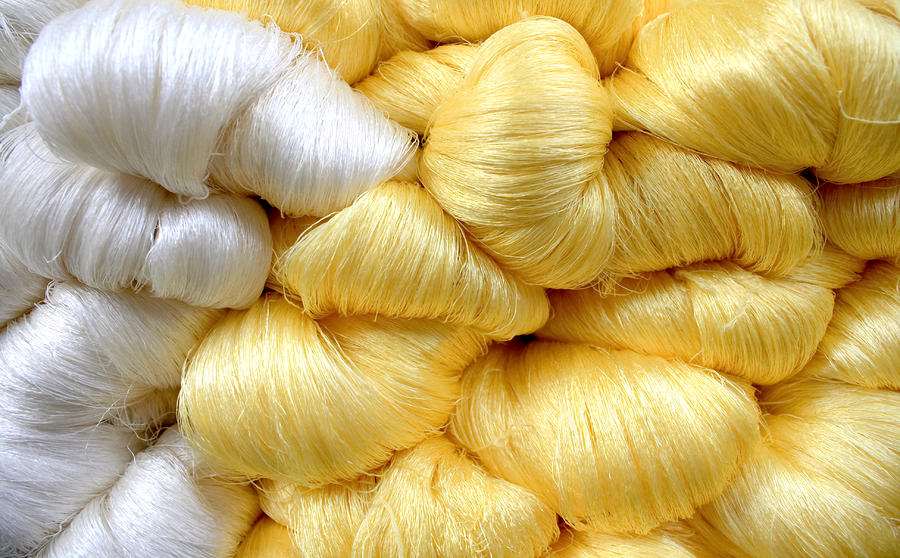
A new study by Price Waterhouse Cooper (PwC), titled ‘From Shirts to Shores: Blueprint for Bangladesh RMG Industry’ paints a promising picture for Bangladesh's garment industry, with a focus on man-made fiber (MMF) apparel. Here are the key takeaways:
Rising demand for MMF apparels
The global garment export market is expected to reach $1.121 trillion by 2030, a significant increase from $953 billion in 2022.
PwC says, MMF and MMF-rich garments are projected to capture a whopping 60 per cent of the market share by 2030, up from 50 per cent in 2022. This suggests a growing consumer preference for these textiles. Cotton and cotton-rich garments are expected to hold a 35 per cent share, while other fibers will make up the remaining 5 per cent.
Opportunity for Bangladesh
The report highlights Bangladesh's potential to capitalize on this shift. Currently, Bangladesh has only a small portion of the high-value MMF garment market segments like brassieres and activewear. That is, a 6 per cent share in the $14 billion global brassiere market and a 5.4 per cent share in the activewear segment, both dominated by MMF-based products. Faruque Hassan, President of the Bangladesh Garment Manufacturers and Exporters Association (BGMEA) opines, "This study provides valuable insights for our industry. We need to focus on diversifying our product portfolio and building capacity for MMF garments to achieve our target of $100 billion in apparel exports by 2030."
The report showcases China's dominance in the MMF garment space, with $320 billion of the total export value in 2022. This demonstrates the potential rewards for countries that invest in MMF production capabilities.
Table: Projected Global Garment Export Market Share by Fiber Type (2022 vs. 2030)
|
Fiber Type |
Share in 2022 |
Share in 2030 |
|
MMF & MMF-rich |
50% |
60% |
|
Cotton & Cotton-rich |
37% |
35% |
|
Others |
13% |
5% |
The report highlights Bangladesh's potential to capitalize on this shift. Currently, China leads the MMF garment export market with a $320 billion share, followed by Vietnam at $41 billion. PwC cites Vietnam's success in MMF garments as a potential model for Bangladesh. Vietnam has invested heavily in MMF production capacity and diversified its product offerings. This strategic approach has allowed them to capture a significant share of the growing MMF market.
Bangladesh has a chance to increase its market share, particularly in high-growth categories like brassieres, technical garments, activewear, swimwear, jackets, suits, and blazers, where MMF dominates at 73 per cent.
Challenges for Bangladesh
The study acknowledges challenges for Bangladesh, including a limited domestic MMF production capacity and competition from established players.
PwC recommends that Bangladesh focus on:
• Developing a strong domestic MMF supply chain to reduce reliance on imports.
• Investing in innovation and technology to improve product quality and efficiency.
• Upskilling the workforce to handle MMF production effectively.
Sameer Sattar, Partner and Leader, Sustainable Business Services, PwC Bangladesh points out, "By embracing MMF and focusing on innovation, Bangladesh can solidify its position as a global leader in the garment industry." And by implementing these strategies, Bangladesh can position itself as a major player in the global MMF garment market and achieve its ambitious export targets.












